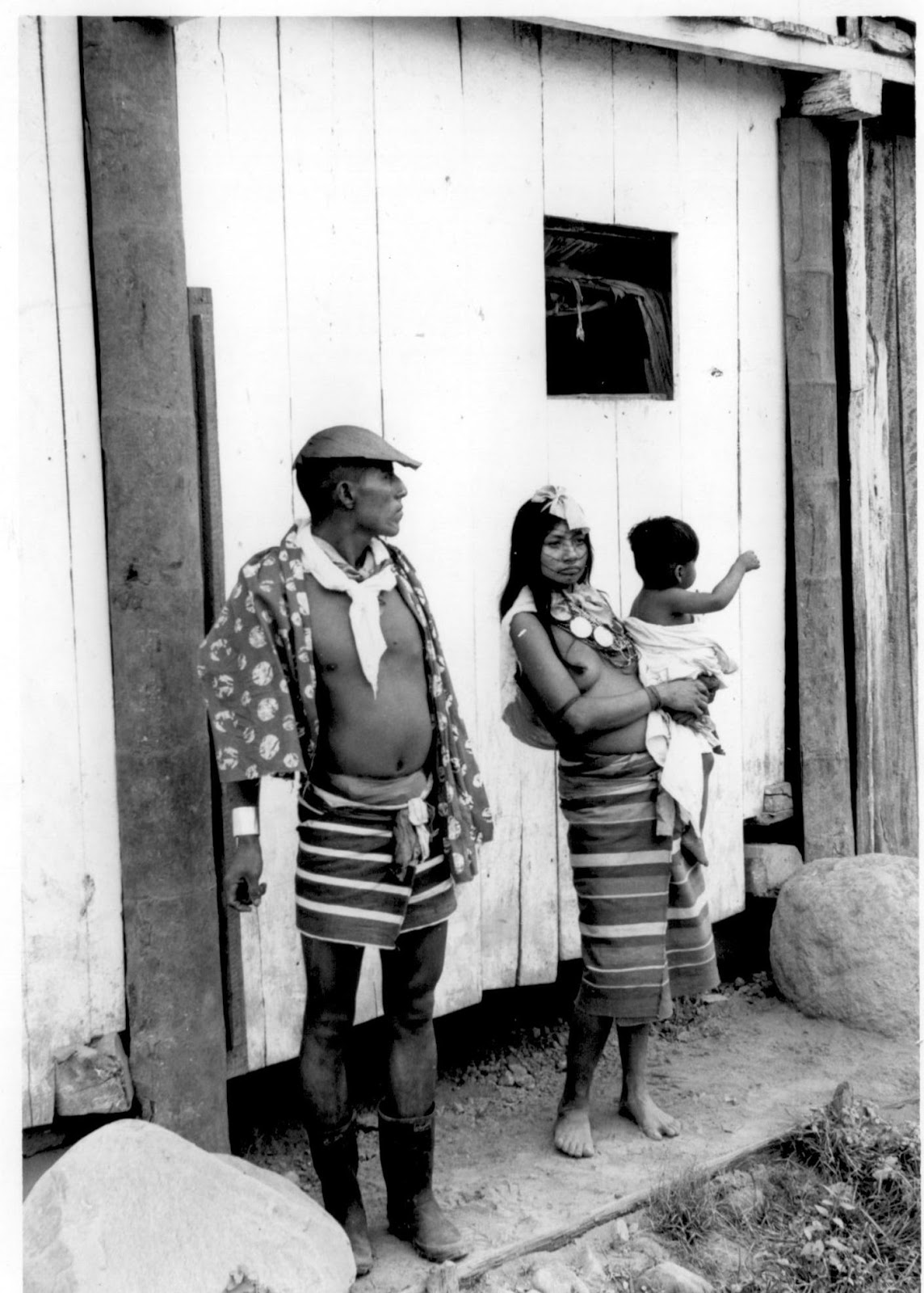
(Retrieved from: https://www.bestattravel.co.uk/Ecuador-Itinerary.aspx?GUID=AE297E4A-9E08-42AA-910F-D163FF40B952)
This picture represents the main resources of the Otavalo people. These people are known for their weaving and textiles using the wool from the llama. Also, this picture conveys the type of environment the Otavalo lived in. The Otavalo were located in the highlands of Nothern Ecuador, which benefited the Otavalo market system (Korovkin, 2001). The crops were more plentiful when there was less precipitation because when water irrigated from the highlands downward during extreme rain conditions it ruined the crops. Some of their main resources were coca, potatoes, beans, and wool from the llamas (Caillavet, 2008).

(Retrieved from: http://stephaniedas.hubpages.com/hub/Otavalo-Indians-and-the-Path-of-Globalization-Part-2-The-History)
This picture depicts the exquisite weaving that the Otavalo people have been doing since their origin. The Otavalo have been in long distance trading for hundred of years. The development of a trade system among the Otavalos made them a very unique community. Also, the attire of this indigenous person resembles that of a leader. Many leaders and elites came from Otavalo and were very involved in the indigenous movement (Korovkin, 2001). Government leaders would often send everyone as a group to perform a task for the community such as, a project to obtain clean water (Colloredo-Mansfeld, 1998).

(Retrieved from: http://hornosdecal.blogspot.com/p/girls-do-60ooo-kms-from-ny-to-tierra.html)
In the beginning of the conquest, the Spaniards viewed the Otavalo as dirty, lazy, and uneducated indians (Colloredo-Mansfeld, 1998). As a result, the Otavalos went on strike and wanted to re-evaluate the Otavalo community as a pluri-ethnic society (Colloredo-Mansfeld, 1998). The indigenous Otavalo were known for their agriculture and pastoralism, but the Spanish thought their time would be better spent on feudal estates and weaving textiles (Bromley, 2004).